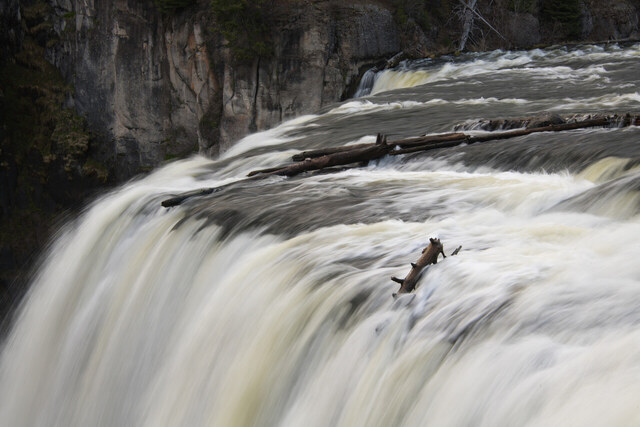
Photos by Michael Gordon. Lenses include Nikkor 200-500 mm f5.6, Nikkor 70-200 f2.8, Nikkor 24-70mm f2.8, 60 mm f2.8 micro Nikkor.
These are half-size (in dimension, 1/4 area) since the full size of a D-850 JPEG is huge, 20 to 60 megabytes depending on how much detail is recorded.
It has so little noise at low ISO settings that you can get banding in the sky if your quality setting is low. This can be offset by using a higher ISO to get some noise dithering.
It is easier to get smooth waterfalls at ISO 64 because you can then use a slower shutter speed.
Its high ISO performance is astonishing. I shoot at ISO 3200 for a night game and get less noise than a D800 at ISO 2000 or even ISO 1600.
Time lapse movies work exceptionally well and do not hammer the shutter. The mirror pops up for the entire duration of the recording. So I don't worry about eating the lifespan of the shutter making movies of clouds moving fast.
Recording movies at 4k and 30 frames per second eats flash memory at a rate of about 120 megabits per second. Divide by 8 to get megabytes per second. It's a lot. The quality is excellent. Still not "raw" but very good. The half-size RAW is very good, perfect for night sports. Apparently it is twice-resampled from the full size image sensor and as a consequence integrates the noise. Some observe a slight softness to "SRAW" (Small RAW), and so do I, but in this case shooting night games it works perfectly and my post-processing of 500 or more shots goes much faster.
Its tethering to a smartphone works but is rather fickle. Be sure to increase the timers on your screen display to one minute since apparently the bluetooth turns off if the screen turns off.
The Quiet mode works well particularly around wildlife with a telephoto lens. Less mirror slap and less noise produce sharper images.
This camera really can go right down to the pixel sharpness. Prior to this I almost always resampled photos because of the softness induced by the anti-aliasing filter in front of the sensor. The D850 doesn't have an anti-aliasing filter and can expose a single pixel (stars) but of course it then doesn't know what color to make it.
I have not yet encountered color aliasing. Most lenses are soft enough to provide their own anti-aliasing and the pixel spacing is very fine so it would be rare to encounter a situation to produce Moire' effect and color banding.